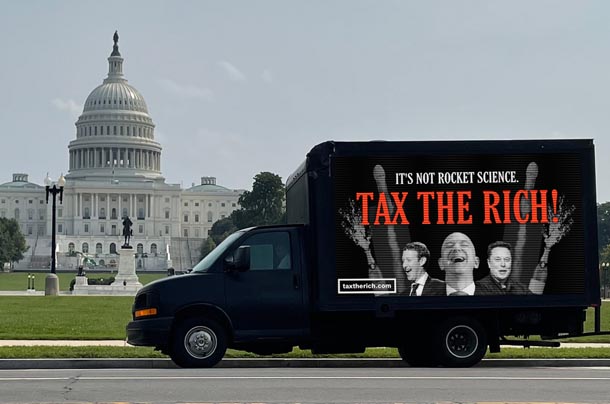
By Sam Pizzigati –
Republican leaders in Congress have been working feverishly over recent days to renew the rich-people-friendly 2017 Trump tax cuts set to expire at this year’s end.
Both the House and Senate have now passed bills that do that renewing—and also add in some assorted new goodies.
All that remains before this latest giveaway to grand fortune becomes law: a bit of dickering between House and Senate GOP leaders over the tax cut’s particulars and then President Donald Trump’s John Henry on whatever legislation that dickering ends up producing.
Trump can barely wait for the signing ceremony. But he’s also pushing for much more than an extension—and expansion—of those 2017 tax cuts. His ultimate goal: erasing taxes on income from the entire federal tax code.
“You know,” Trump told a press conference in April 2025, “our country was the strongest, believe it or not, from 1870 to 1913. You know why? It was all tariff based. We had no income tax.”
Over those years, federal revenue most certainly did come mostly from tariffs. And those tariffs did work wonders—for the nation’s rich. Our original Gilded Age wealthy frolicked in an America where the rich and their corporations could essentially operate however they pleased. They could pay their workers precious little and cavalierly short-change consumers at every opportunity.
In that same America, the federal government did little to protect average Americans from greed and grasping—and even less to make their lives more economically secure.
Changing that profoundly unequal state of affairs took decades of organizing on the part of workers, farmers, and middle-class reformers. By 1913, that organizing had paid off. The ratification of the 16th Amendment to the U.S. Constitution that year gave Congress the authority to levy income taxes. By the end of World War I, America’s wealthy faced a…
Read the full article here


